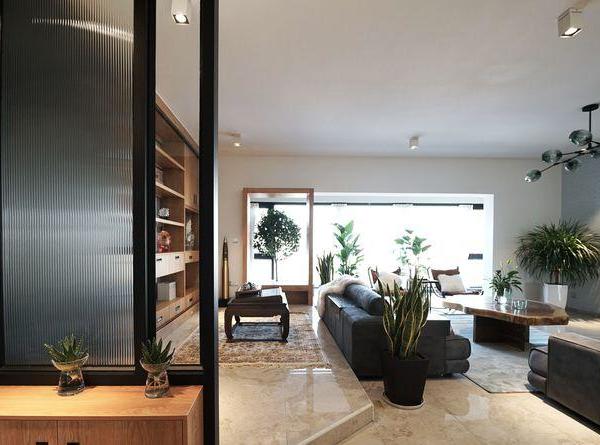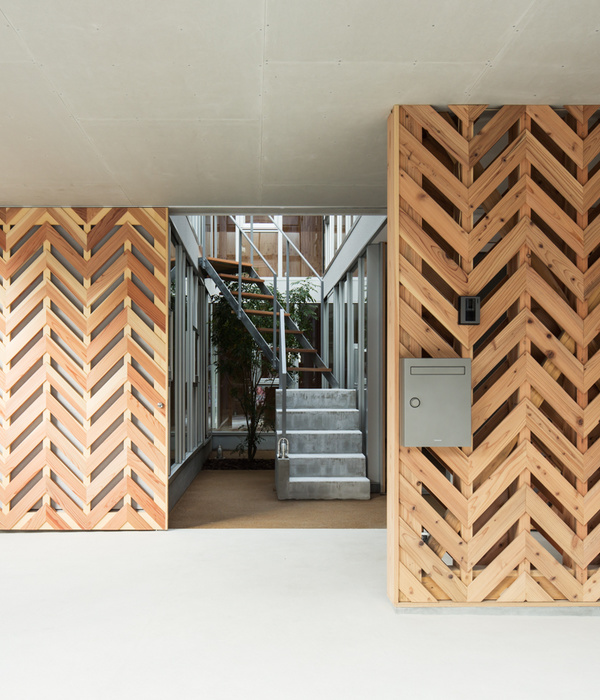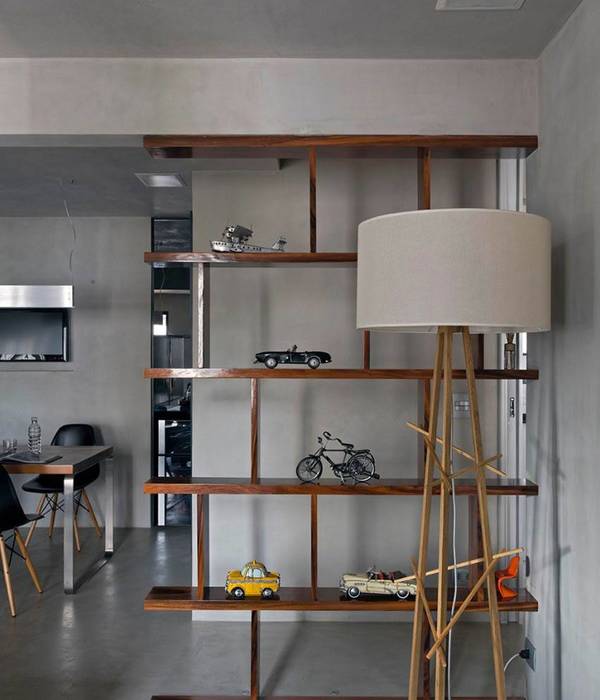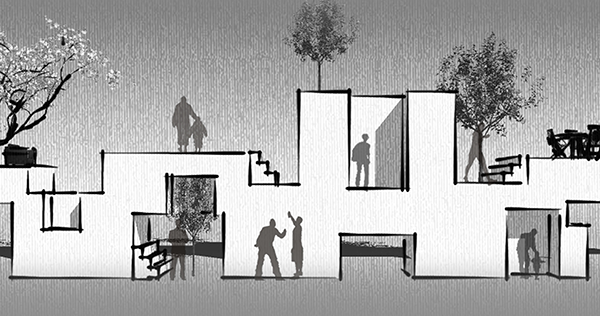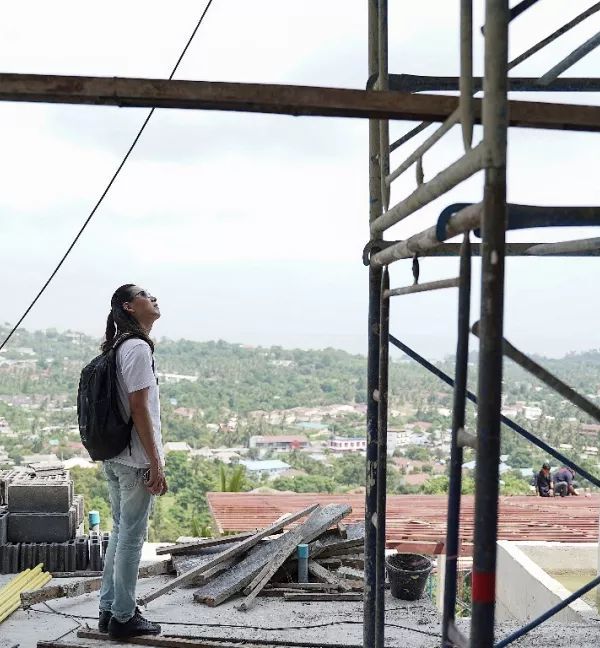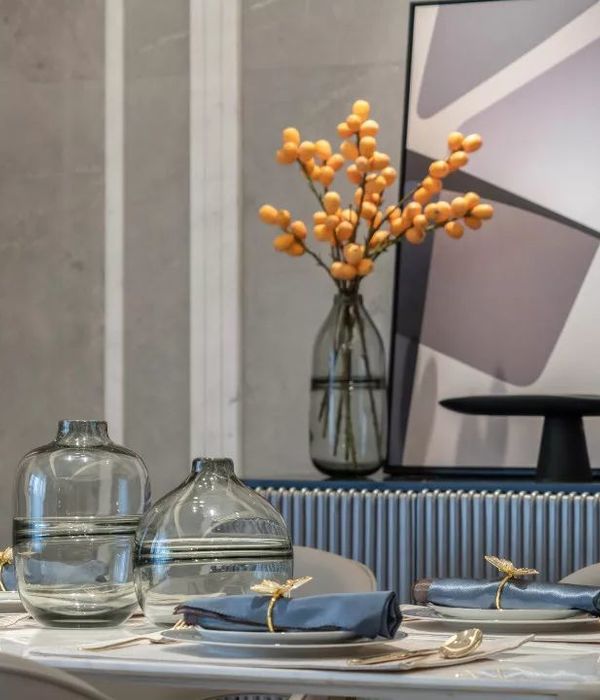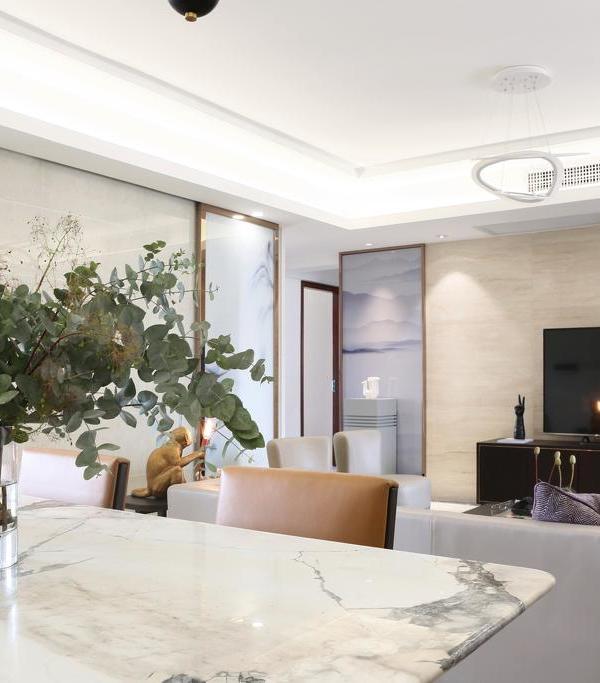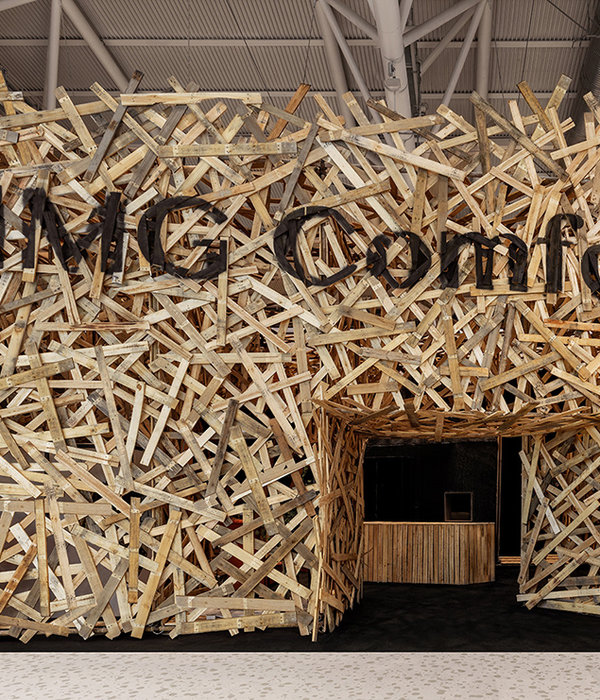Insofar as Buildings are primarily predicated on a conceivably permanent spatial settlement they can be thought of memoirs upon which life in passing leaves its trace on its unfilled pages, hence to build is to anticipate the meeting place of a past, a present, and a yet unwritten future, a momentous undertaking, for here the notion of construction refers more pertinently to its role as a scaffold along the outlines of a certain reality where time and space together with a building packed with mechanical and programmatic requisites actively restore, motivate and transform the given situation which in turn acts as a backdrop of new visions and memories.
To insert something into reality therefore, particularly a building into a site, is decisive in the way these memories are spawned, it is always a mindful and delicate act. Moreover, on a highly volatile geopolitical terrain, building in Iran, a tragically misunderstood nation with a vast cultural heritage, and the added restraints of engaging in any sort of business posed by sanctions- to say nothing of its debilitating effects felt by a hijacked society that beyond its control is ironically falling victim on all fronts, is to put it simply, complicated. Notwithstanding, the opportunity to build and in one's birthplace, a land that I have not seen since my last visit in 1981, came as an undeniably unique and attractive endeavour.
Our understanding of the site would come in through written correspondences emailed back and forth, photographs, a little reliance on my own memories of life in Iran, and an IP camera installed on site which has allowed us to monitor the construction on the fly.
Situated in Karaj, Iran, 1310 meters above the sea level, on an ochre plateau, at the Eastern most extremity of a residential district development ca. the late Pahlavi era, the site is distinguished by a sharp drop of elevation to its East. An outstanding feature of the site is the stretch of the Alborz mountains that line the horizon from North-West to the East. The climate is arid, trees and plants are sparse and hardly provide any shade. The neighbouring buildings, mostly stone cladded structures, neither exhibit a local tradition of building technique, nor together, are they dense enough to constitute an urban scale or condition.
There was no question that building at this particular location would have to be understood in the broader context of place-making, a puzzle piece with a motivating force derived from the specificity of the site, an understanding of its history and local building techniques, and yet through modernity, that is the fundamental character forged by the issues of our time.
On a corner rectangular plot, measuring 20m x 51m, longitudinally aligned on the North-South axis, open on three sides, a person placed on this lot would likely turn towards North to look at the mountains, similarly the building’s main orientation would eye the prominent stretch of this panorama, furthermore in considering the favourable prevailing winds from North and North East, it was decided a 10 meters set back on the East would lead to an open court which in the fashion of a Persian walled compound with a shallow pool, would act as a wind basin, the sagging cold air combined with the evaporative effect of water create a mild draft and act as a natural cooling and olfactory agent. One could assert that the siting was a result of a solidified spatial block chiseled by site factors, alternatively, the sequence of entering one’s residence through a court, a refuge from the agitated perturbance of outdoor activity, is a characteristic feature of Persian architecture, a transient prelude to reconnect with one’s own spirit; courtyards and gardens are regarded as sacred spaces, the word paradise is rooted in the Avestan,
from the compound
: around and
or its diminutive
. The court serves as both a communal space, an extension of the indoors where the residents would collectively participate in its care taking, and a solitary space of self reflection.
The program primarily a 10m x 30m x 23m volume, encased within a lattice work of exposed structural steel with deep recesses and staggered terraces is conceived as an extension of the garden with occasional oblique elements i.e. stairs connecting the terraces to echo the random settlements and movements on the mountain; something that to this day I miss greatly about living in Iran, is that getting to places was never about efficiency, rather it was a matter of seizing and prolonging the moment, how often seduced by mulberry or cherry trees, a stream, or haunted by meeting once again some glassy stare that left you stranded in a similar spot, taking a yet unknown path, oblique or upward cutting across properties would lead to a blind alley. This notion of mnemonic aesthetics as opposed to a literal one is I believe necessary in architecture , the idea of a façade like a cover of a book needs to be more than just an adorned surface and more like a door.
Apartments face East and are accessed through a single loaded corridor on each floor. The variation in their size and type combined with indentations and random placement of elements such as planters is meant to inflect the overall homogeneity of the building and reflect the individuality of the inhabitants, the building is thus the expression of the life within.
In light of the fact that we weren’t well disposed to oversee the construction, the structure, the most uncompromising aspect of construction was chosen as the most expressive aspect of the building, everything else would be resolved in terms of structure, Steel was chosen as the structural system because of weight, cost and efficiency. Cladding was primarily abandoned in favour of infill thermal membranes stretched between posts and beams. Our initial choice of a brick cavity wall infill was replaced with a high density cement wall construction which had good insulation properties faced with suspended ventilated ceramic. This was done because the overall load was much lighter and it yielded far better thermal properties.
On its own, Brick is used in its full expressivity as a woven material wrapping the site. The use of brick in Iran has a long trajectory dating back to at least 5000 BC; it has always been a significant feature of local building technique which has been passed on from generation to generation; paradoxically it has had a dimming presence in the current construction scene. It was a natural choice, it is a native material, there are still highly skilled masons that could be brought in to do the task, and a necessary cultural reference as well as a reminder that it is still a pertinent technique hence technology; on the other hand, the intrinsic textile aspect of brick bonding allowed us to achieve a perforated woven screen through a staggered herring stack resulting in a lighter permeable wall that acts as a giant diffuser helping with air flow.
In the face of its dire environmental issues, Iran hasn’t yet implemented a viable sustainable policy. Due to fuel subsidies, up until 5 years ago when we were in planning phase of the building, Iranians enjoyed one of the cheapest energy prices in the world, resulting in a wasteful consumption of fossil fuel energy which in combination with the decline in import and upgrade to more environmental friendly equipment and other factors has had a devastating effect on air quality. According to a recent poll, the air pollution claims 180 lives daily in Tehran alone . Taking into account Iran’s ideal setting for the use of solar energy with one of the highest incoming global radiation, not taking advantage of this resource would be a bleak irresponsibility.
The project had to incorporate this aspect and set a precedent at least in the immediate vicinity, the Southern tip of the project takes a tilt towards the Sun at its highest altitude where 12 solar panels on an inclined surface absorb enough solar radiation to supply all heated water needs of the building as well as part of HVAC needs for heating.
Furthermore in the semi arid climate of Karaj with only 260 mm of rain annually, rain water is a precious resource. With roughly 300 m2 of surface area inclusive of roof terraces to collect rainwater, we can potentially have a yield of over 60,000 liters of recyclable rain water which will be channeled to an underground tank and recycled for appropriate uses i.e. watering the plants.
In epilogue, this building has been a product of love and the dedication of those who continue to work tirelessly and against weighty obstacles beyond their control to finish it. What will sustain it, is not a question of what gadget it uses, the mode of construction it utilizes is simply a question of available means in a particular time, a building’s success, its timeless aspect, shall be measured by the way it is cared for and how it shapes the life around it, it is agrarian as it ought to cultivate the land. We rest in the hope that the community shall one day reap its harvest.
Status Current works
Type Multi-family residence
{{item.text_origin}}

